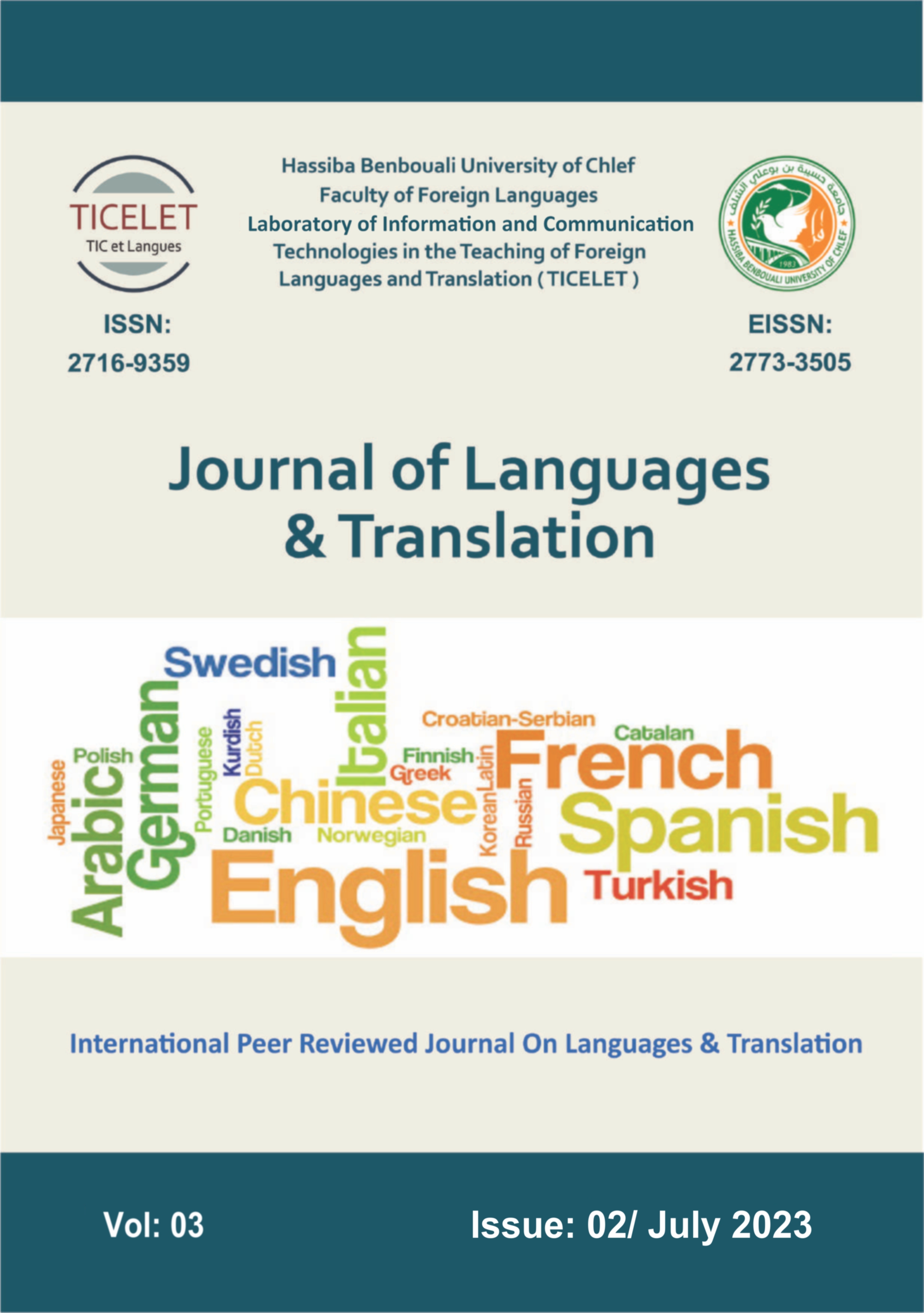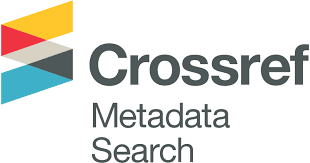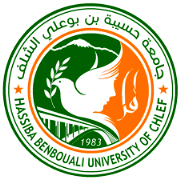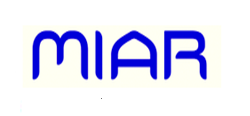Universalizing science literacy: How to transcend deficit models of teaching and learning
DOI:
https://doi.org/10.70204/jlt.v3i2.291Keywords:
Disciplinary literacy, universal design, deficit model of teaching and learning,, abundance model of teaching and learning, STEM education, student successAbstract
Student attrition figures are a hidden metric in universities. They signify
institutional failure, inhibit branding and marketing campaigns, and displace
blame onto individual students. Behind the thousands of cases of attrition are
individual stories of shame, guilt, failure, confusion, and lost future hopes and
aspirations. This article explores how students – in and through their diversity
- can be supported to succeed. Critiquing the deficit model of teaching and
learning and deploying both universal design and the abundance model of
teaching and learning, this article provides new strategies for student success.
We offer innovative methodologies to understand and enable productive
pathways for students through a curriculum. The goal is to enhance and
enliven science education and demonstrate the gift and power of well qualified
university academics aligning innovative research and teaching.












